Buying things to make your life easier certainly has its therapeutic joys, but if you really wanna feel good, you gotta make the thing yourself whenever possible. [Bjørn Brandal] happened to have a two-switch BOSS pedal just lying around, so it made sense to turn it into a wireless page turner for reading sheet music.
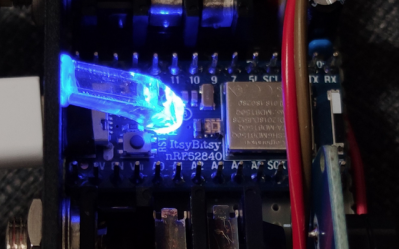 As [Bjørn] says, the circuit is simple — just two 1/4″ TRS jacks and an ItsyBitsy nRF52840 Express. The jacks are used to connect to the pedal outputs to the ItsyBitsy, which sends keystrokes over BLE.
As [Bjørn] says, the circuit is simple — just two 1/4″ TRS jacks and an ItsyBitsy nRF52840 Express. The jacks are used to connect to the pedal outputs to the ItsyBitsy, which sends keystrokes over BLE.
The cool thing about this pedal is that it can work with a bunch of programs, like forScore, Abelton Live, Garage Band, and more. The different modes are accessed by holding down both pedals, and there’s confirmation via blinking LED and buzzing buzzer.
Our favorite part has to be the DIY light guide [Bjørn] that bends the ItsyBitsy’s RGB LED 90° and points it out the front of the enclosure. Nicely done!
Don’t play anything but the computer keyboard? Put those feet to work with shortcuts behind giant arcade buttons.


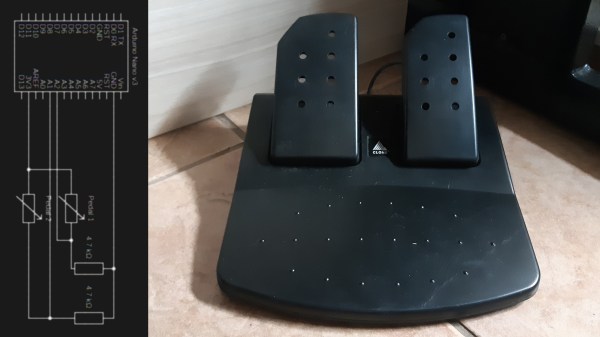




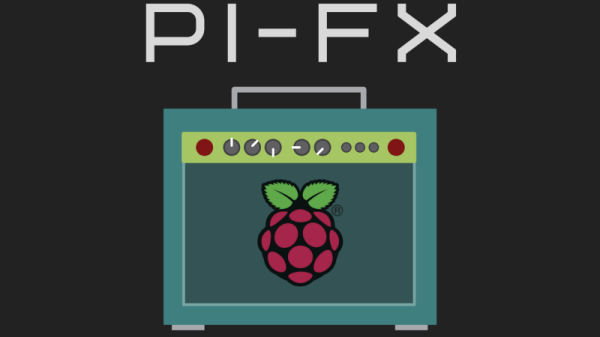

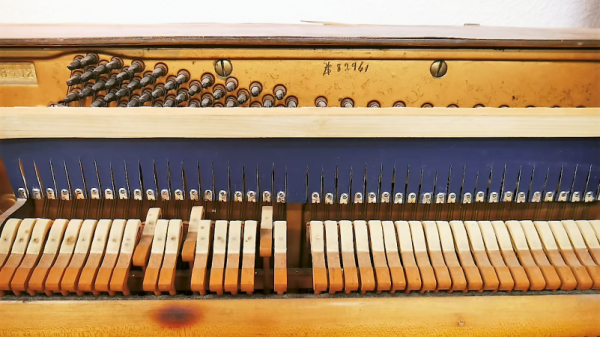

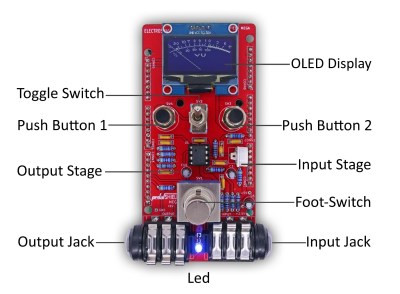

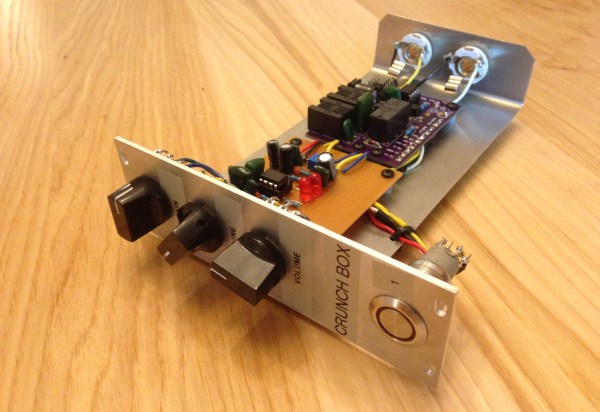
 Taking inspiration from modular synthesizers, [Brian] built a rack out of wood to house the pedal modules. The rack uses 16U rack rails as a standard, with 3U Eurorack brackets. It looks like there’s space for 16 custom-built effects pedals to fit into the rack, and [Brian] can switch them out at will with a foot switch. Everything is tied together with MIDI and is programmed in Helix. The end result looks very polished, and helped [Brian] eliminate his rat’s nest of cables that was lying around before he built his effects rack.
Taking inspiration from modular synthesizers, [Brian] built a rack out of wood to house the pedal modules. The rack uses 16U rack rails as a standard, with 3U Eurorack brackets. It looks like there’s space for 16 custom-built effects pedals to fit into the rack, and [Brian] can switch them out at will with a foot switch. Everything is tied together with MIDI and is programmed in Helix. The end result looks very polished, and helped [Brian] eliminate his rat’s nest of cables that was lying around before he built his effects rack.








